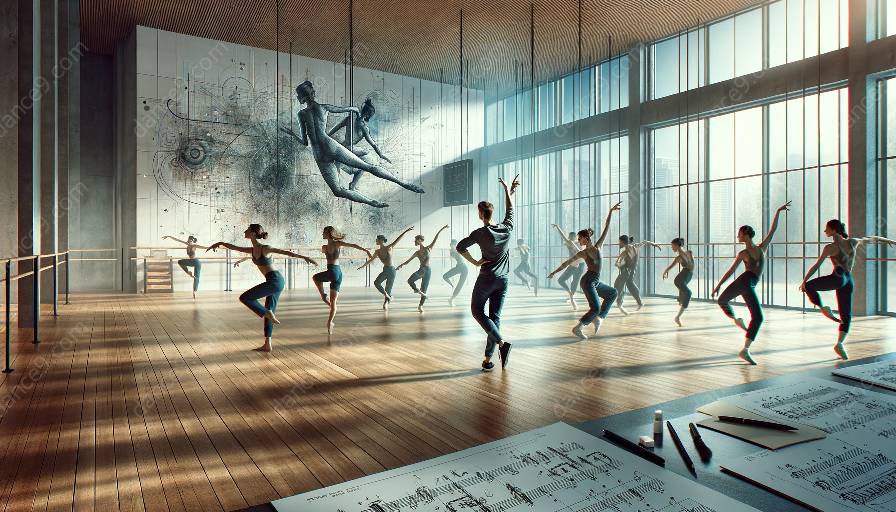Contemporary dance is a form of artistic expression that has continuously evolved to reflect societal changes, including gender dynamics. In this context, choreographers play a pivotal role in capturing and representing the complex interplay of gender in their creations.
Influences on Gender Dynamics in Contemporary Dance
Before delving into how choreographers address gender dynamics in contemporary dance choreography, it's important to understand the influences that shape these dynamics. The evolving perceptions of gender in society, the push for gender equality, and the deconstruction of traditional gender roles all contribute to the diverse gender dynamics found in contemporary dance.
The Impact of Feminism and LGBTQ+ Rights on Choreography
The feminist movement, as well as the LGBTQ+ rights movement, have significantly influenced how gender is approached and represented in contemporary dance. Choreographers have the opportunity to challenge stereotypes, explore gender fluidity, and celebrate diversity through their choreographic work. This has led to a more inclusive and thought-provoking portrayal of gender dynamics in contemporary dance.
Approaches to Addressing Gender Dynamics
Choreographers use a variety of approaches to address gender dynamics in contemporary dance choreography. Some may create pieces that explicitly delve into gender-related themes, while others may subtly incorporate gender dynamics into their movements and storytelling. The use of physicality, gestures, and partnering can also convey gender dynamics, allowing choreographers to convey nuanced messages about gender relationships and power dynamics.
The Role of Collaboration in Challenging Gender Norms
Collaboration within contemporary dance provides an avenue for choreographers to challenge gender norms. Working with dancers of different genders and backgrounds allows for the exploration of diverse perspectives, leading to choreography that defies traditional gender norms and explores the complexity of gender dynamics. By fostering a collaborative environment, choreographers can create pieces that reflect the multifaceted nature of gender in contemporary society.
Reception and Impact
The way in which audiences and the dance community receive contemporary dance choreography that addresses gender dynamics is crucial. When well-executed, such choreography can spark important conversations about gender, identity, and societal norms. It has the potential to influence and shape perceptions of gender in the wider society, making a lasting impact beyond the confines of the dance world.
In conclusion, choreographers play a vital role in addressing gender dynamics in contemporary dance choreography. Through their unique perspectives and creative expressions, they contribute to a more inclusive and diverse representation of gender in the contemporary dance scene.




























